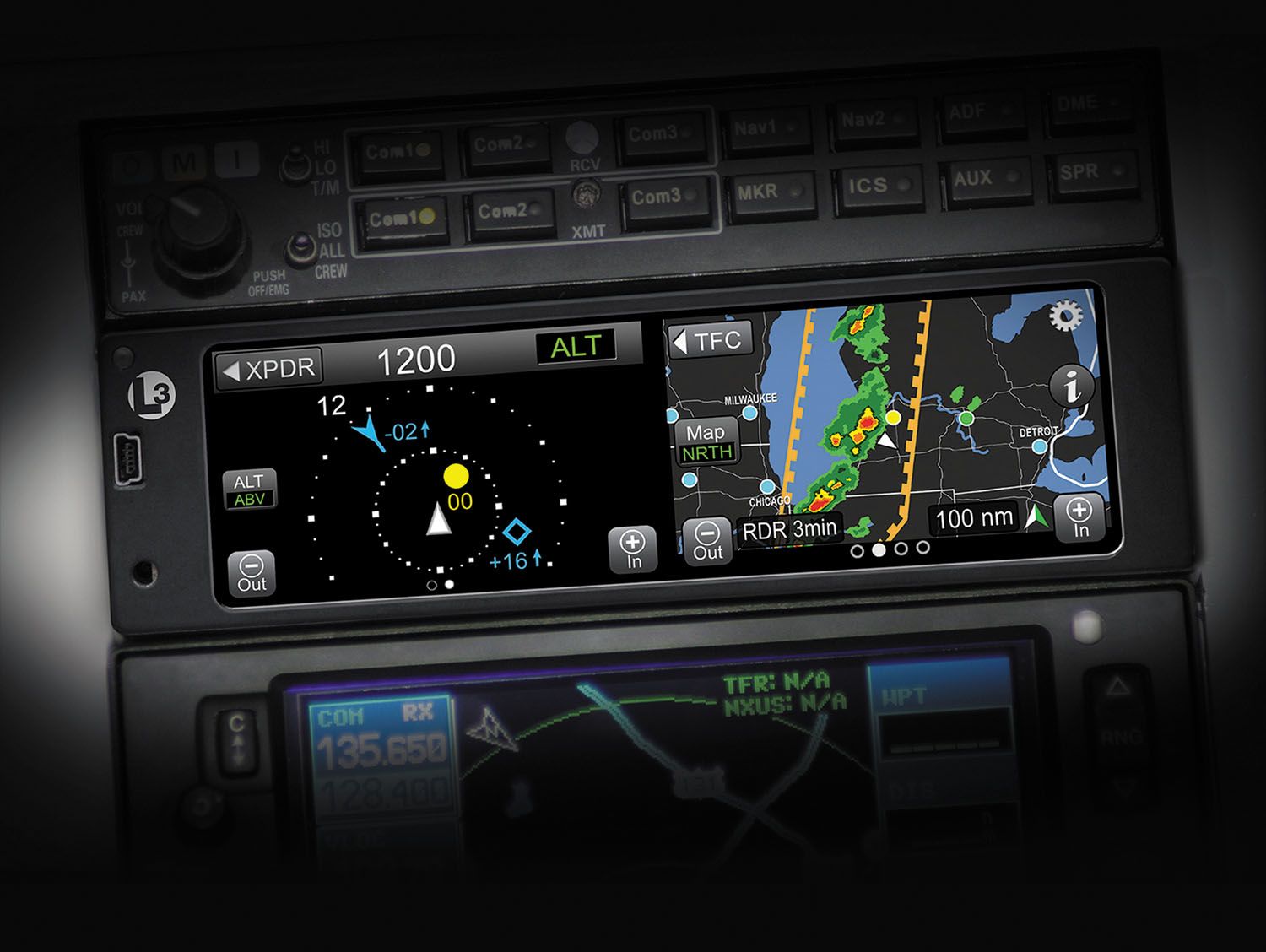
If you’ve equipped your plane for the U.S. ADS-B mandate, there’s a good chance it won’t work in other countries, including Canada.
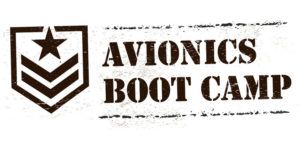 That’s not the headline you want to read if you’ve long-wrestled the ADS-B equipage decision, spent the money, and finally buttoned up the installation—especially if you want to fly the aircraft in Canada and beyond. If you haven’t equipped, the buying decision is now muddier than ever.
That’s not the headline you want to read if you’ve long-wrestled the ADS-B equipage decision, spent the money, and finally buttoned up the installation—especially if you want to fly the aircraft in Canada and beyond. If you haven’t equipped, the buying decision is now muddier than ever.
We’ve been following the evolving ADS-B infrastructure and accompanying equipment requirements for Canadian airspace for nearly a year, and after diving deep, learned that the majority of existing ADS-B installs done for U.S. ops won’t work in the country’s proposed satellite-based system. Moreover, space-based ADS-B looks to be the new world standard for air traffic surveillance.
For many existing ADS-B installations on both sides of the border, that could mean a total re-equipage. Here’s what we know so far.
Airspace by Aireon
Nav Canada recently issued a Notice of Change letter essentially announcing its plans for pulling the trigger on ADS-B equipage in three phases. The first equipage phase is slated for implementation on February 25, 2021 in Canada’s Class A (FL180 to FL600) and Class E (above FL600) airspace.
Phase II is effective January 27, 2022 in Canada’s Class B (12,500 feet to FL180) airspace—an obvious GA sweet spot for turbocharging and for terrain clearance.
Phase III was in the original proposal, but it was removed for reasons unknown to industry and that would affect Canada’s Class C, D and E terminal areas, which basically covers every controlled airport. This is the phase everyone—or at least those who fly below 12,500 feet—will be watching. But what we’ll really be watching is how avionics manufacturers will respond to equipment compatibility issues. More on that later, but for a spoiler, there will be fewer choices.
We’ve explained it all before, but one more summary won’t hurt. Unless you fly above 18,000 feet, the FAA has given aircraft operating in U.S. ADS-B airspace two kinds of equipage options:
There’s 978 MHz UAT (universal access transceivers) and 1090 MHz transponders, which reply to secondary surveillance radar with the ADS-B data tacked on. Both are suitable for the U.S. mandate—unless you fly above 18,000 feet where the 1090 transponder solution is required. Diversity transponders, which we’ll explain in a minute, are not required unless you’re a jet equipped with TCAS II.
In Canada, it appears the only equipage option is through the transponder solution—and one with two antennas. No, the budget-based uAvionix skyBeacon/tailBeacon, Garmin GDL 82/88 and any other UAT solution won’t work. That’s a double-hit dilemma if you already equipped with a UAT system and also rely on free ADS-B weather and traffic.
Since there will be no ADS-B weather (or traffic) datalink, the weather gap will be filled by subscription-based SiriusXM if you want near real-time weather in your cockpit. No, it’s not an enticing mandate. At least in the U.S. you get free datalink traffic and weather. So how did Canada come about with a space-based solution in the first place? Enter Virginia-based Aireon, with its planned satellite-based infrastructure, along with satcom giant Iridium.

A young company founded in 2011, Aireon’s ADS-B surveillance payloads will be hosted on Iridium’s NEXT satcom low-earth orbit satellite constellation, an infrastructure Iridium has invested heavily in by upgrading its aging and bandwidth-challenged satcom network. At this point Iridium boasts of near worldwide coverage and is a major satcom player across multiple industries. That alone gives the space-based ADS-B concept long legs to work in plenty of other countries besides Canada. To say there has been a lot of money invested in this is an understatement, and we’re told Nav Canada invested $150 million, taking on a 51-percent share of Aireon. If that’s not a commitment to the technology, we don’t know what is.
While the final Canadian ADS-B ruling hasn’t been carved in stone, it’s apparent to us that satellite surveillance is a sure thing. But will it work? There are good questions that still need answering. Let’s start with some theory.
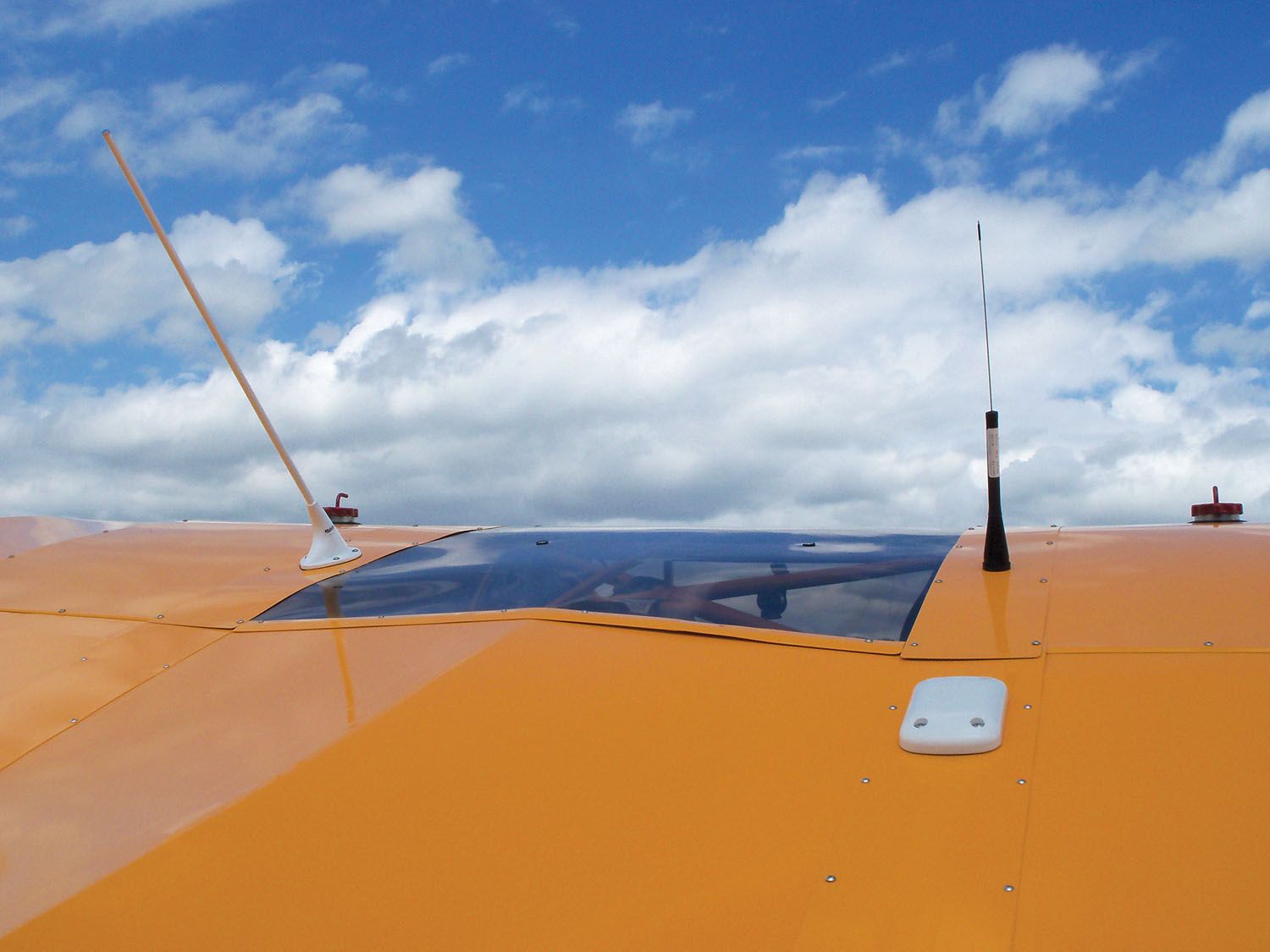
L-Band Pulse 101
What Aireon is doing with its space-based ADS-B tech is clever and innovative, but to work it will require the aircraft to have an L-Band antenna on the top of the fuselage, since the satellites sniff the skies below and listen for ADS-B broadcast signals. To be clear, there’s no interrogation—this isn’t radar and it’s completely passive. But you still need a bottom antenna for reasons we’ll explain.
Consider that the closest an Iridium NEXT satellite comes to the user is directly overhead by 485 miles. Existing transponder performance has never been demonstrated to have that kind of range. As a backstop, we took a fresh look at the FAA’s Advisory Circular AC 25-7D because it addresses transponder minimum performance specs from a flight test certification standpoint. Experimentals still require certificated transponders, obviously, even though they don’t require TSO’d and STC’d equipment. There are specific performance requirements worth looking at.
AC 25-7D says in part that the transponder has to be able to furnish a strong and stable return signal to the interrogating radar facility in straight and level flight throughout the airspace within 160 nautical miles of the radar station, from radio line of site to within 90 percent of the maximum altitude for which the aircraft is certified, or in the case of an experimental, for as high as it can fly. If the aircraft can’t fly above 18,000 feet, the standard is reduced to 80 nautical miles.
Of course, these published specs don’t always ensure a continuous reply from the radar. There’s shading and synchronous garble that can cause signal dropout (coasting) from the radar. But per AC 25-7D, the dropout should not exceed 36 seconds. Enter transponder ADS-B, which rides almost entirely on transponder system performance while broadcasting the aircraft’s ADS-B data once per second. As a performance boost, Aireon and Nav Canada have required the use of transponder diversity.
Diversity Explained
By now you’ve likely heard the term diversity that’s associated with space-based ADS-B, but it’s hardly new tech. Climb atop the cabin of most mid- to large-sized jets and even some turboprops, and you’ll find a second transponder antenna. That generally means the aircraft is equipped with a diversity transponder, along with a TCAS II traffic avoidance system.
A diversity ADS-B system in the U.S. alternates the pulse transmissions once per second (alternating the pulse every half second between the top and bottom antenna) to the ADS-B ground stations. With non-diversity, it pulses the data once per second from the bottom antenna only. Incidentally, L-Band diversity isn’t just for ADS-B transponders. There are 978 UAT systems that have a diversity option (Garmin’s GDL 88D is one), and the end goal is the same—to minimize shading when the aircraft is maneuvering. Diversity isn’t even limited to ADS-B.
Garmin, for instance, has been offering a diversity option in its transponders for years, even in the early GTX 330 Mode S transponder. The way it does it is that each of the two antennas is tied to a dedicated receiver. When an interrogation is received, the two receivers sense the strongest signal. Depending on signal, it’ll be close; in other cases one antenna might only get an extremely weak interrogation signal while the other gets a clear, strong signal. No matter what, hanging another critical antenna on top of the aircraft won’t be a trivial task, particularly when trying to get the best performance from other onboard systems. In some cases, you might find yourself relocating other antennas to get the right separation to avoid interference.
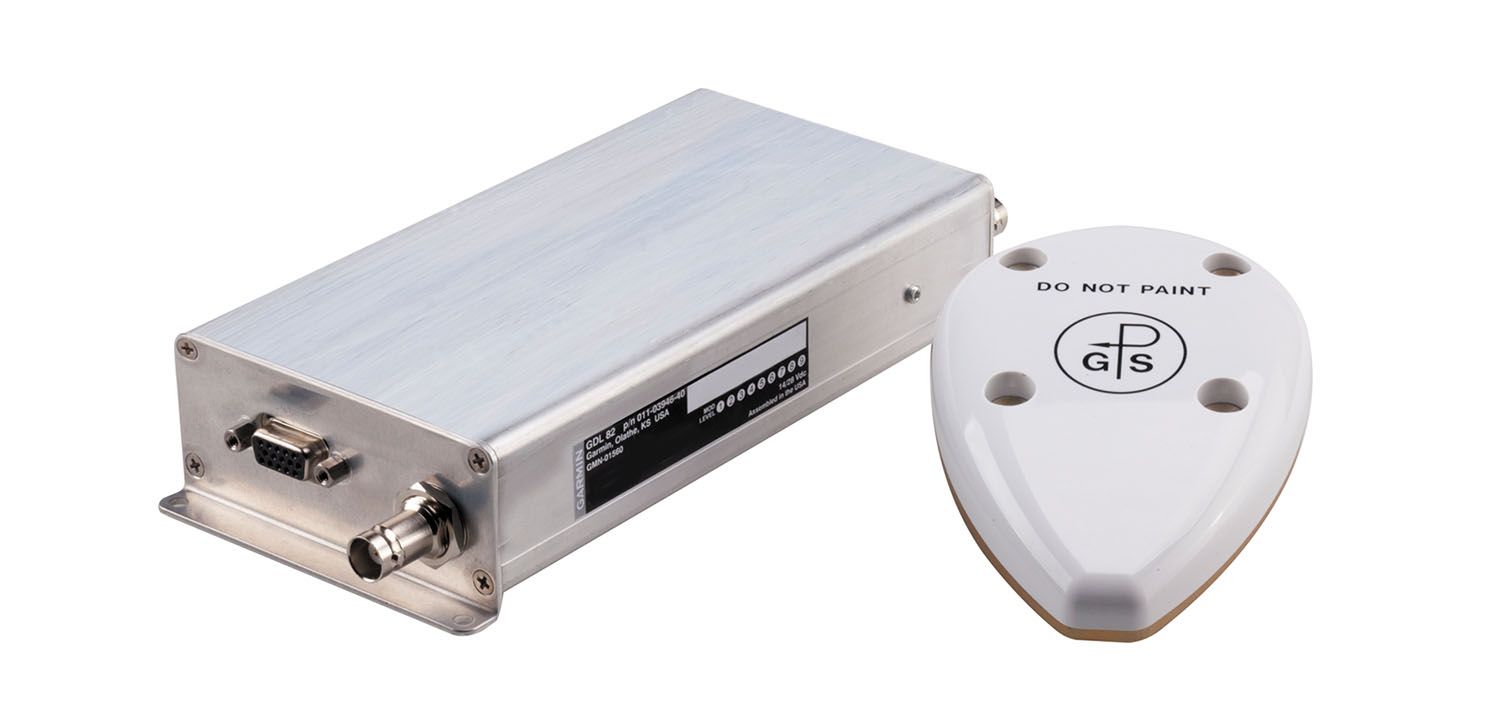
Compatible Transponders:Slim Pickings
Bottom line, whether you’ve equipped or not, our research found few choices for full-up ADS-B transponders with diversity. We asked Dynon Avionics if the transponders used in its SkyView systems will meet the diversity spec and were told they do not.
“We don’t currently have a diversity option for our transponder/ADS-B Out equipment, but we’re definitely keeping an eye on the Canadian requirement,” Dynon’s Michael Schofield told us this past August.
We asked Garmin about upgrading a current GTX 345 (that’s Garmin’s flagship ADS-B transponder with Bluetooth connectivity and internal WAAS GPS) to a diversity-equipped GTX 345D and were told at this time you either purchase one with diversity or not. We know that means it hasn’t come up with a diversity upgrade program yet, and we’d be surprised if there wasn’t one eventually. To date, the GTX-series ADS-B transponders are one of the most popular ADS-B solutions out there, based on what shops tell us.
The current price for the GTX 345 with diversity is $7,995, compared to $4,995 for the non-diversity model. That doesn’t include the additional required antenna work you or your shop will need to accomplish. The GTX 335 with diversity (this model has ADS-B Out only—it won’t receive weather or traffic) is $6,495, compared to $2,995 without diversity.

A GTX345D comes at a sizable price premium over a non-diversity version.
The L3 Lynx NGT-9000 product, now supported under the ACSS division of L3Harris, is a multifunction transponder that can be purchased with or without diversity. We’ve been fond of this system because it does double-duty as an ADS-B Out transponder and also displays weather and traffic on its touch display. Forget about it receiving weather and traffic in Canada, of course. However, the company’s Russ Meyers told us the box was designed so diversity can be added via a software unlock procedure, for a current list price under $1,000. Once the diversity software is unlocked, the unit wears the NGT-9000D nomenclature. You’ll of course have to install the top directional antenna. The base NGT-9000 is $5,143 and $6,508 with the diversity option, not counting the additional antenna work.
All Eyes on uAvionix—Again
The company came to the rescue with a budget solution with its skyBeacon wingtip (and tail-mounted) tailBeacon ADS-B/lighting combo. The buzzkill is it won’t work in a space-based ADS-B world because these are 978 MHz UAT systems. uAvionix is well aware of the dilemma and is already hard at work designing a similar product, but with a built-in 1090ES diversity transponder. Similar to the other Beacon products, the in-development skyBeaconX also has built-in LED position and strobe lighting. We saw a model of the device this summer at AirVenture, and it has two blade antennas built in—one for the diversity. The skyBeaconX will theoretically replace the existing transponder, but wire into a panel control head for tuning the codes and such. No pricing has been set for the skyBeaconX, and it will likely be a while before the product hits the market. We’ll keep tabs on it.
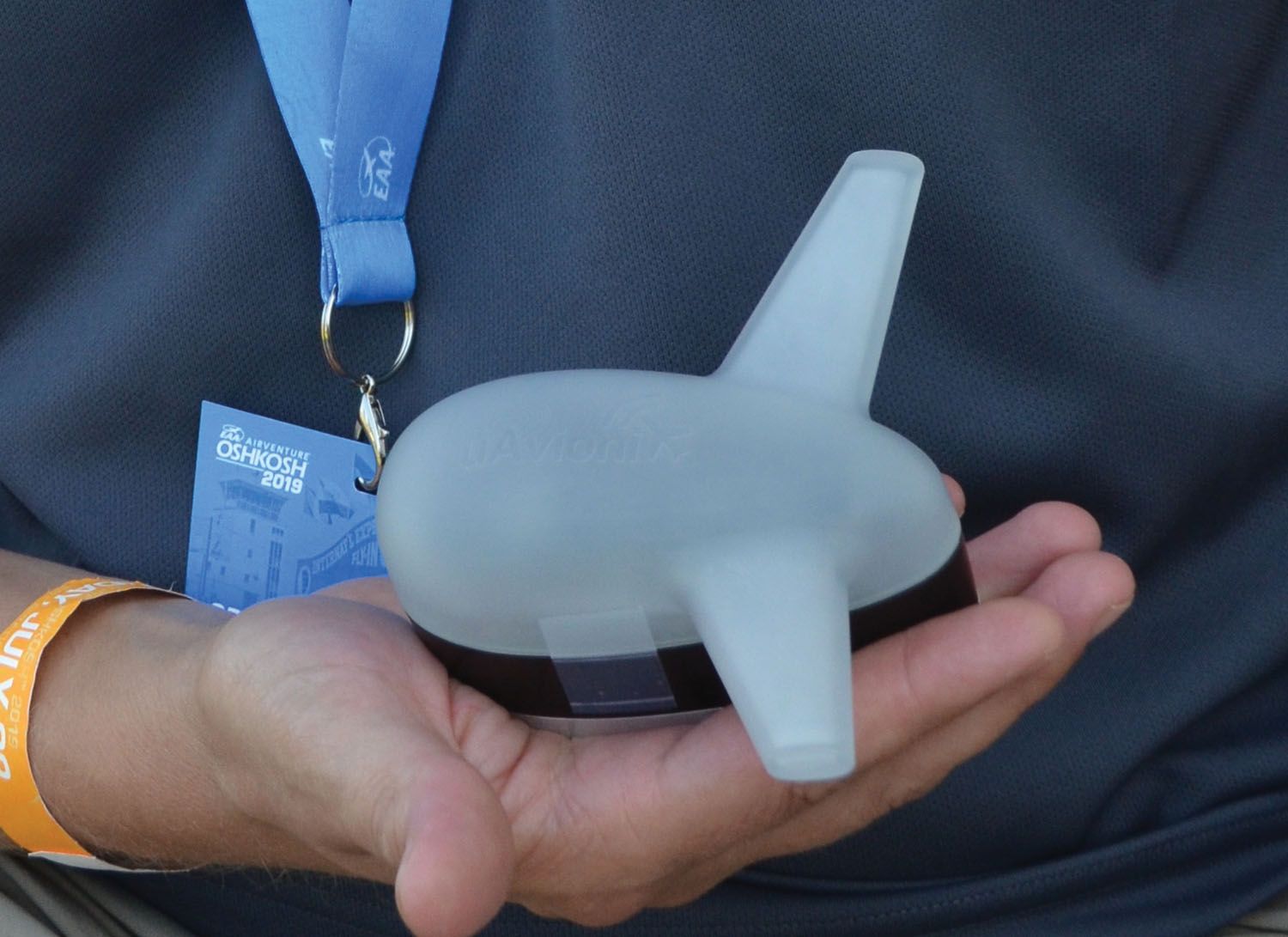
UAT skyBeacon.
What’s a Kit Builder to Do?
If you’ve waited to install mandate-compliant ADS-B for flying in the U.S., your challenges are sizable. Not only are you likely faced with a big scheduling backlog at the majority of experienced avionics shops (unless you can do the install yourself), now you have to decide if you’ll equip for flying in a space-based ADS-B environment, including Canada.
But if you have no intentions of flying anywhere else but the U.S. and are out to simply comply with the January 2020 mandate, we wouldn’t sweat the decision. Our top picks for budget upgrades are still the uAvionix skyBeacon/tailBeacon or Garmin’s GTX ADS-B transponder.










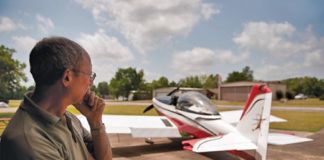
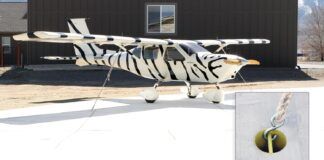
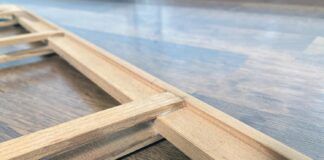

When you read the Nav Canada’s literature you have to wonder why they require a bottom mount antenna at all in their new world of Aireon. There is no mention of a terrestrial network at all, so why complicate the solution? Of course the answer is that they currently do have a network of radars, both SSR and PSR covering the important parts of the country. Are their plans to turn off these services? Well they are about start. The PSR segments of 3 radars on currently on the chopping block. We are told that a PSR isn’t needed even at even recovery airports in this new world. The weather detection of these radars aren’t needed either, as it was already turned off. But the worst part is the surviving secondary radars (SSR) where designed in the 80s’ and are worse than obsolete. The question for all of us is why is Nav Can insisting on a single solution for a critical surveillance system that is incompatible with GA. As “stake holders” in Nav Can we ask, “why did you spend $150M+ without asking us?”. Why not update the radars and add ADS-B/FIS-B for true DIVERSITY, NETWORK diversity? Please unlock the safety features of ADS-B in Canada without burdening us with cost and complexity. Aireon is not a solution for safety, it is a way to bill and track us. I’m not a paying my annual Nav Can fees! Let’s see if they care.